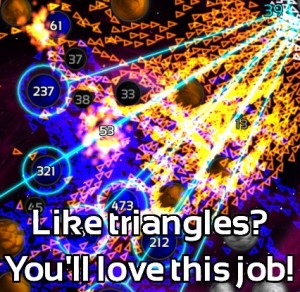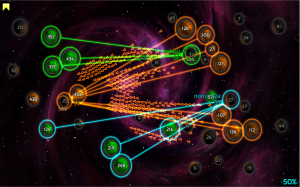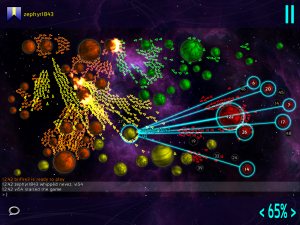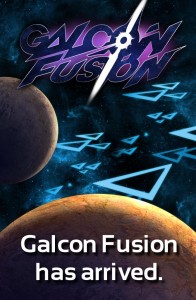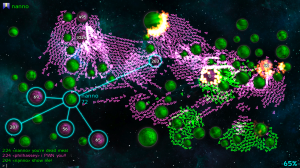Paid game betas aren’t for everyone
Friday, January 7th, 2011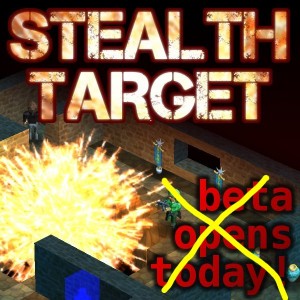 So, I just sent out my “hey everyone, come get a refund” email to all the people who purchased the Stealth Target beta. There are a number of pretty high-profile indie games that have built an entire business upon being a paid beta. Minecraft, Wolfire’s Overgrowth, Data Realm’s Cortex Command are a few that come to mind.
So, I just sent out my “hey everyone, come get a refund” email to all the people who purchased the Stealth Target beta. There are a number of pretty high-profile indie games that have built an entire business upon being a paid beta. Minecraft, Wolfire’s Overgrowth, Data Realm’s Cortex Command are a few that come to mind.
Here’s some analysis on the subject, and why it didn’t work for Stealth Target .. and at the same time, the factors I think that would be important to having a successful paid-beta project.
- Commitment to a larger vision. In the case of Stealth Target, I had a larger vision, but I eventually realized it was too grand for me to realize. I’m more of a small-scale game kind of guy at this point. Perhaps later in my game development career I’ll be doing larger projects, but right now, a “Galcon-sized” game is about as large as I can manage. I think paid-beta games need to be larger to justify the whole “user-buy in to help fund an epic game” concept.
- Commitment to regular updates. I’m only one dev, and when I take a month to work on Galcon updates, and then take another month to take a break, suddenly the beta users haven’t heard a peep from me about the game in 3 months. Pretty weak “paid beta”. If I had a team and I had someone always working on the beta so it kept living despite my other obligations / plans, it might have gone better.
- Building a development team. Yeah, I just touched on that, but it really does make sense. I could have a team, but my lifestyle doesn’t allow for it at the moment. My hours are too random and my work schedule too unpredictable. To have a team you have to have some consistency in your life, otherwise (I’m pretty sure) your team-members will get pretty tired of you. I think having a team would help deliver the quantity and quality of content and updates to make a paid beta make sense.
- You can’t change your mind and be crazy. I still plan on finishing Stealth Target, however, I’m no longer planning on doing a desktop release of the game. The paid beta was for a desktop version of the game. So changing to a iOS-only plan really isn’t possible. The only way to cleanly resolve this was to terminate the entire beta and issue refunds. Really, for a paid-beta to make sense, the users have to have something they can depend on, and changing platforms mid-stream is just asking too much.
Anyway, to wrap it all up, here’s the email I sent out to folks who already bought the game today:
Hi,
Turns out the business model of doing a pre-beta-sale really doesn’t make sense for me. I’m more of a “do what I feel like” kind of guy, and committing to making some sort of super-great-game in some kind of pre-beta-sale promise just isn’t something I can really do. I think in the case of “Stealth Target” I bit off way more than I can chew.
I’m hoping to finish Stealth Target this year, but I’m probably only going to release it to mobile platforms, so I don’t even think I’m going to be launching a desktop version.
Either way .. I’m offering refunds to anyone who wants one! Just reply to this email and say so.
Thanks for coping with a crazy indie-dev 🙂 Your support is greatly appreciated and I hope I can churn out some cool games that you’ll enjoy in 2011!
Cheers!
-Phil
P.S. Also, thanks for all the feedback you have given me so far on Stealth Target. I’ve been taking notes on just about everything! You’ve been a huge help!
And, who knows what the future will hold for Stealth Target. If the mobile version comes out feeling really good, I might try and release it for the desktop. But the important thing for me is to know that I’m not obligated to produce a “desktop-sized” title when I’m really making a “mobile-sized” game. I’ve got a lot of things I want to do this year, and I want to do them in the order that I want them to. A paid-beta project would have “cramped my style” so to speak, and I don’t want to subject my users to a shoddy paid-beta experience.
Thanks!
-Phil


